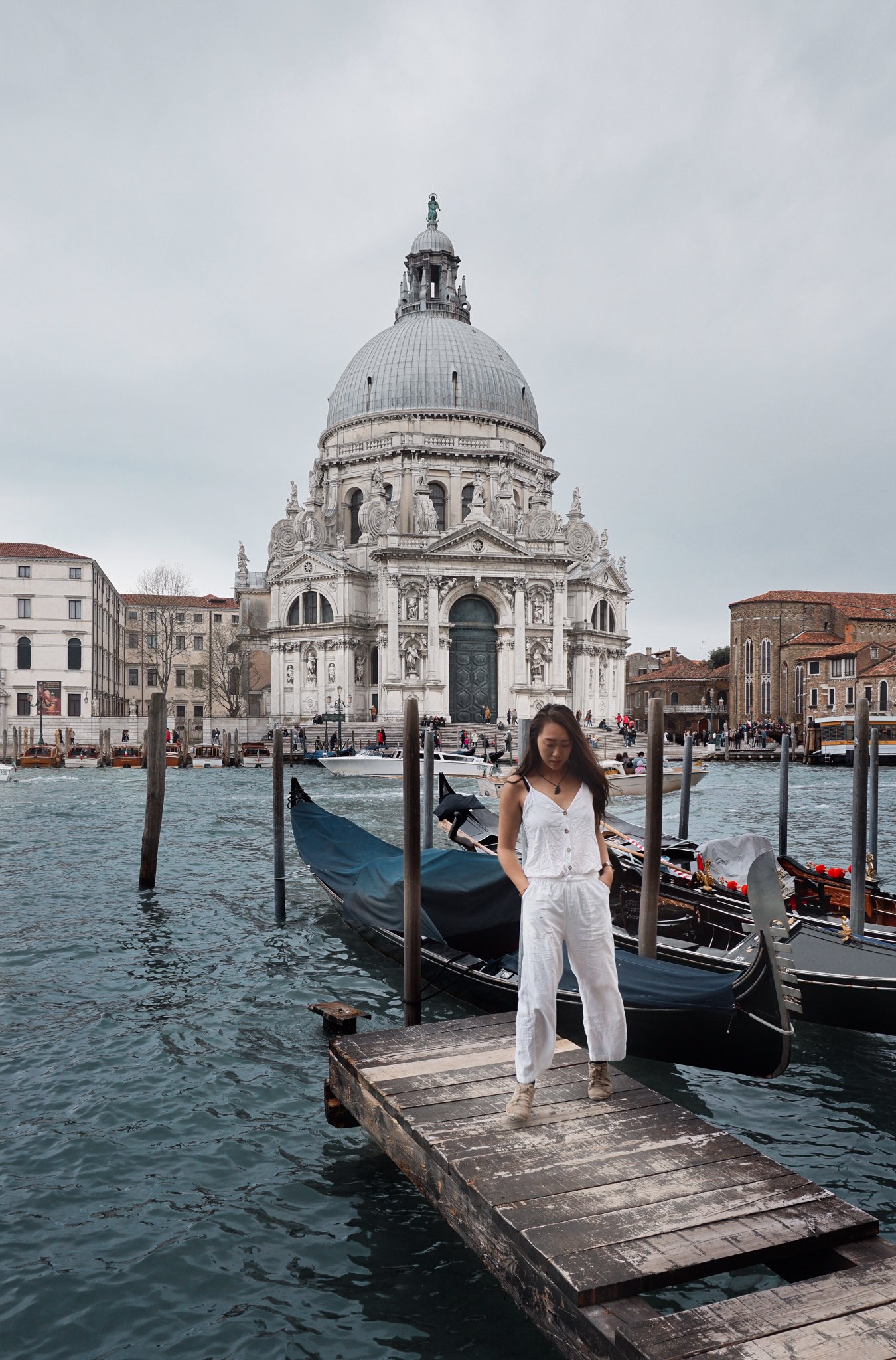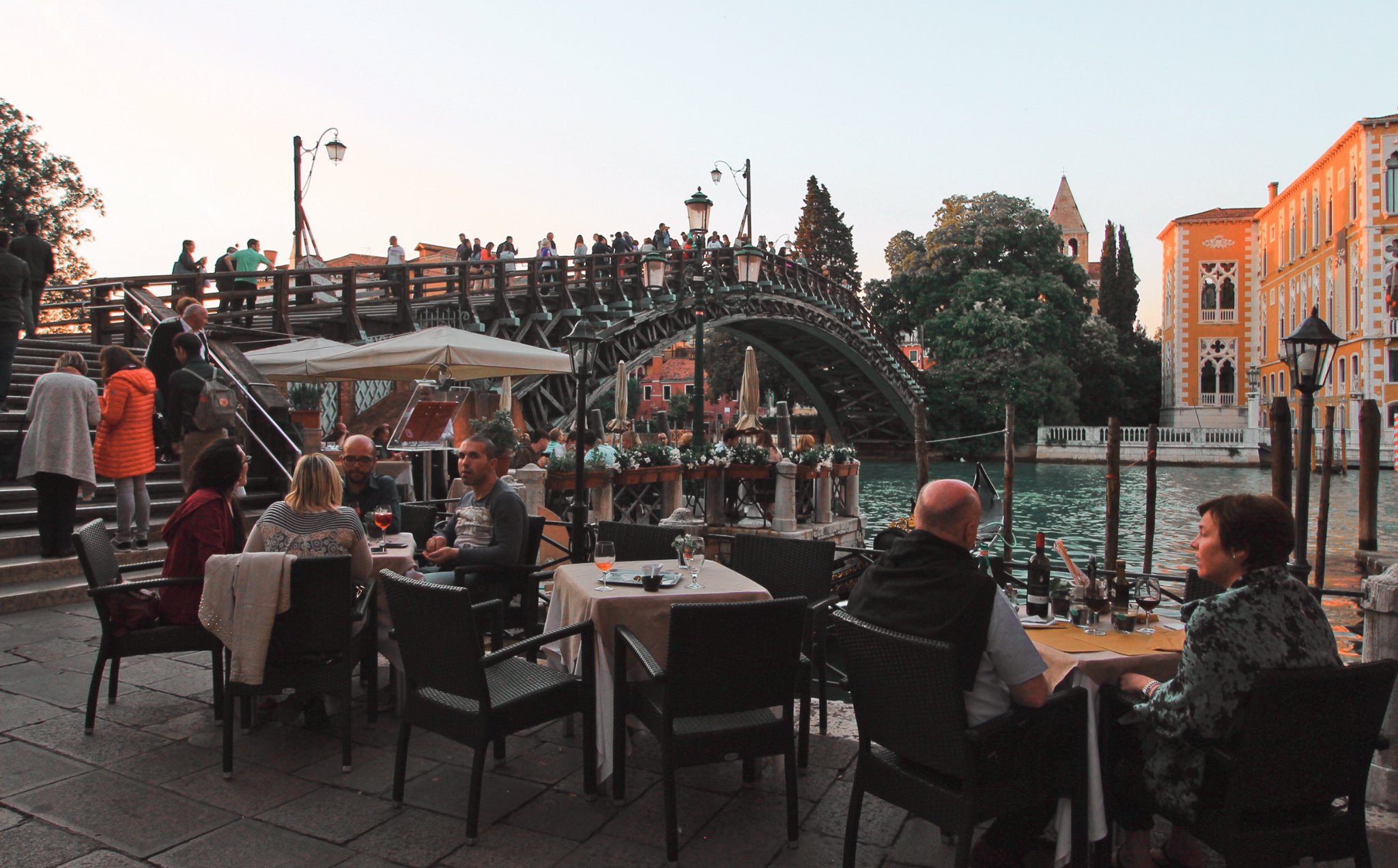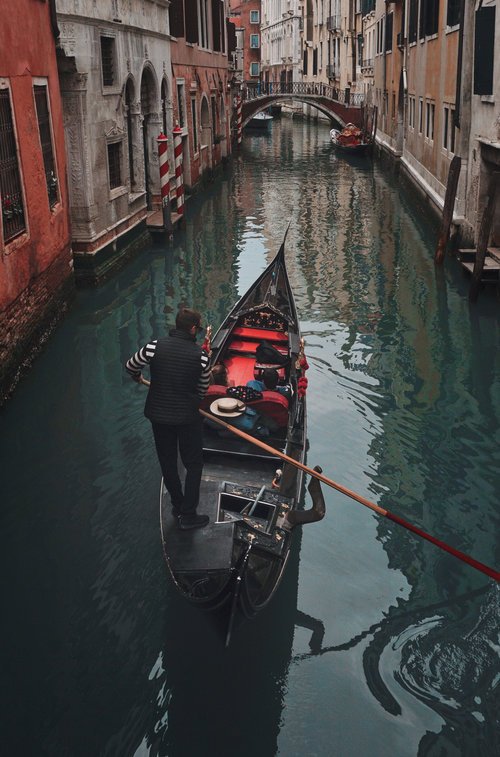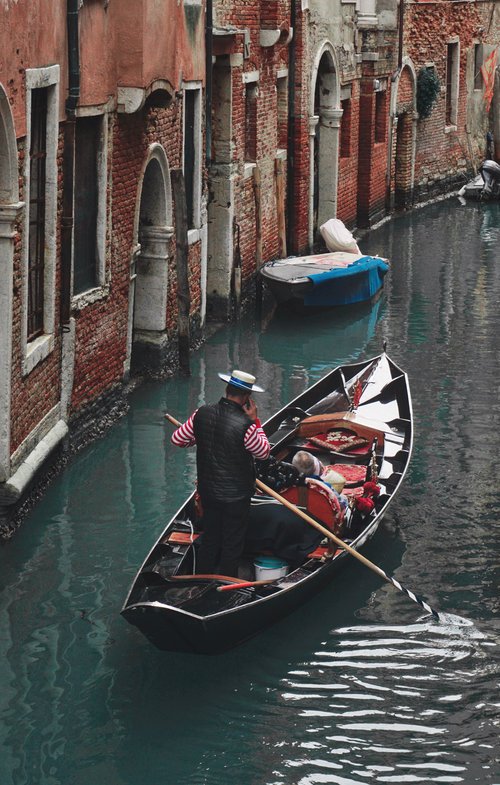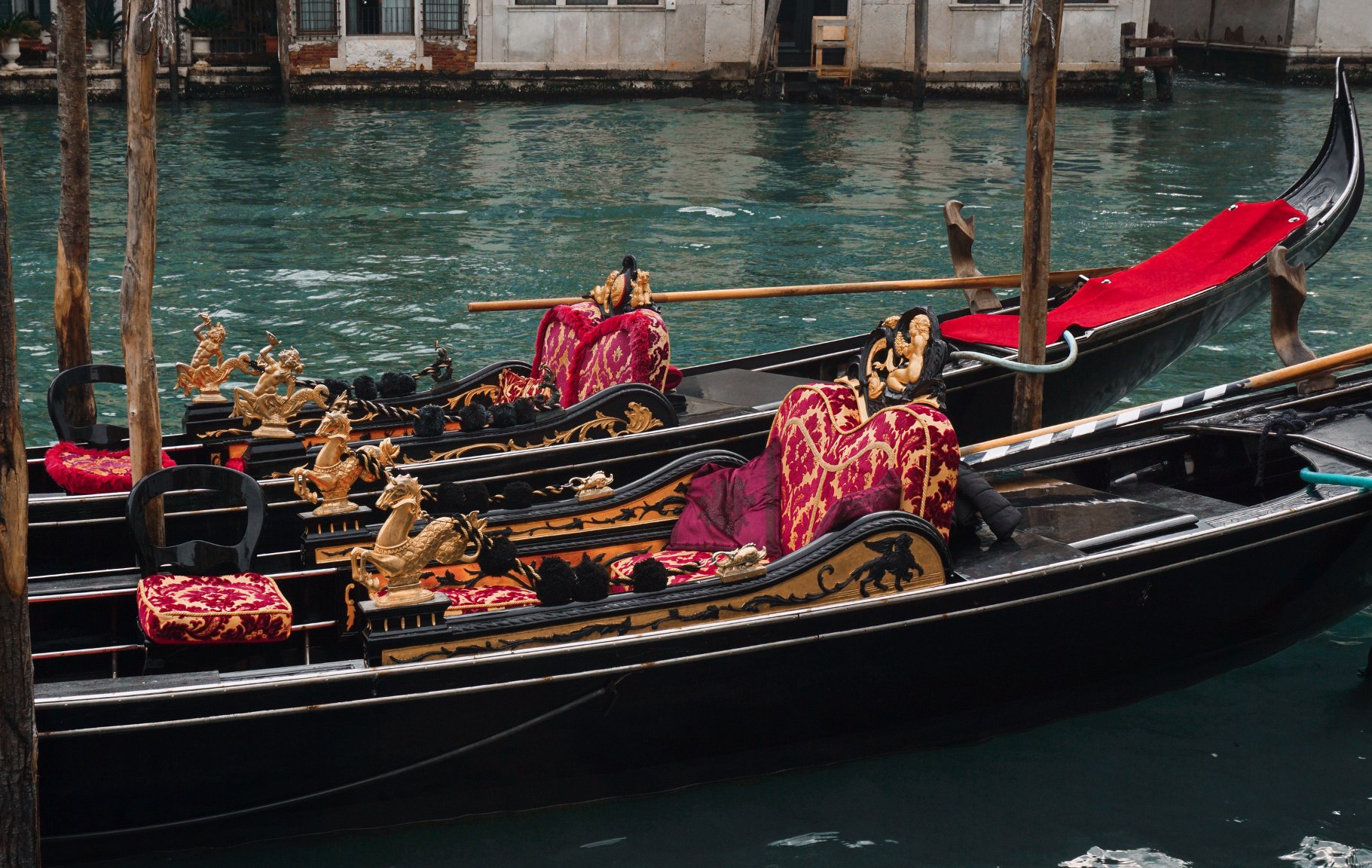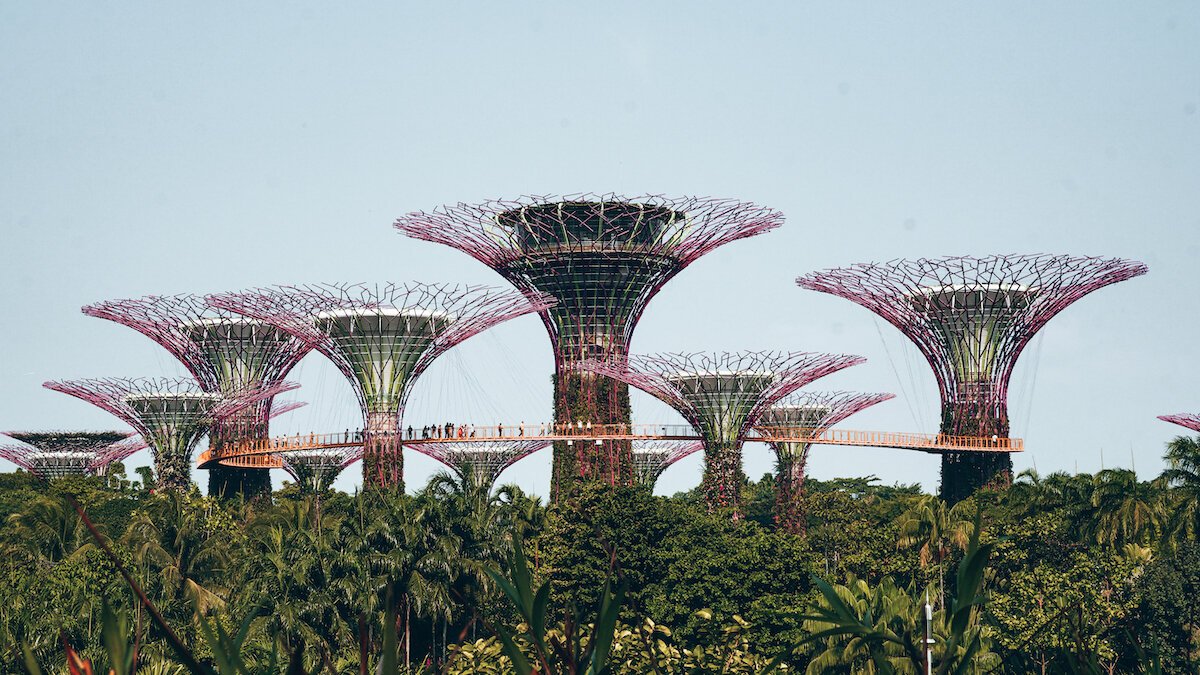Tips for Exploring Venice on a Budget (and Avoiding Tourist Crowds)
Venice is one of the most beautiful, charming and photogenic European cities I’ve ever visited - but for first timers, it can be more hectic and frustrating than enjoyable due to the high volume of tourism. Venice is also an expensive city, from the food and shopping to accommodation - it’s very easy to spend more than you budgeted for.
Fortunately, there are many ways you can save money and get around the crowds without compromising on your Venetian experience. In this blog article, I will share with you my best tips and advice, collated from my personal experiences and mistakes.
CONTENT:
1. When is the Best Time to Visit Venice? (Peak vs Off Season)
2. Where can you Store your Luggage in Venice?
3. How to find Secret Canals and Avoid Tourists in Venice?
4. How to find Good, Affordable Places to Eat in Venice?
5. How to get to Venice: Car or Train?
6. Accommodation: Affordable Places to Stay in Venice
7. Extra Tips: Wifi, ATMs, Gondola Rides
1. When is the Best Time to Visit Venice? (Peak vs Off Season)
If you want semi-warm weather for your trip, then I would recommend going at the end of April or during May. I have visited Venice twice now and both trips were before the peak season (April 2019 and May 2016) - but in my opinion, it was already swarming with tourists during this ‘pre-season’ period, I can’t imagine what it must be like during the high season months of June, July and August.
November-March are the months with the least amount of tourists. However, the disadvantage is the colder weather, more chances of rain and perhaps some shops will also be closed during this period. On the other hand, the shops that do close in the off-season tend to be the touristic places anyway, so those that are open through the winter months should be more ‘local’ and therefore, more fairly priced.
2. Where can you Store your Luggage in Venice?
Oh the dilemmas of travelling with too much luggage... luckily there are a few luggage storage options for those travelling with large suitcases or even heavy backpacks, which would be nice to offload for the day.
There is one right at the Venezia Santa Lucia Train Station and it costs 6 Euros per item for 5hrs (this is the base price), with each additional hour costing just 1 Euro per item.
This isn’t cheap, but the advantage of exploring Venice luggage-free is so worth it because it saves you so much hassle and it also means you can walk faster and discover more places.
I’d recommend taking all your important documents, ID & Passport, money, and train passes with you. It might be worth investing in a little travel pouch for extra security and peace of mind.
3. How to find secret canals and avoid tourists in Venice?
This will be the first destination article where I won’t be recommending any particular ‘spots’, but rather the idea of seeking out the paths less taken and how that can have a huge impact on your experience in Venice (and metaphorically, life in general).
I have seen both the touristic and the non-touristic sides of Venice and in my honest opinion, yes the San Marco Square and Cathedral are stunning and very magnificent, but being surrounded by swarms of humans can really taint your experience.
The sad truth is: it wasn’t magical at all, to be there at the San Marco Square amongst thousands of other tourists, awkwardly trying to avoid colliding head on with each other while taking photos.
But it was magical to wander with the purpose of getting lost. Finding myself down secret canals, skipping across empty bridges, feeling like I had all the space and time in the world to enjoy the present moment of being lost in this charming city.
How exactly do you find ‘secret canals’ in Venice?
Surprisingly, they are everywhere. They are the side streets stemming out from the main tourist path. No secret tricks and no specific areas. You simply get what you seek.
So, if you only seek the hotspots and follow the signs for San Marco, then you’ll get crowded streets and your tunnel vision will block out everything else. But if you seek those empty-looking side lanes, they could potentially lead you to some beautiful, undiscovered canals.
This is where you will find the true, authentic Venetian flair. This is the reward of seeking the paths less taken.
If you do want to cover the touristic hotspots, then I’d recommend doing all that first. Tick, tick, tick. Then just let yourself wander for hours, getting lost in the archipelago maze of Venezia.
4. How to find good, affordable places to eat in Venice?
Unfortunately, Venice is notorious for their lack of transparency, especially when it comes to eating out at restaurants and suddenly a 10 Euro meal gets bumped up a few extra Euros.
One time, I had a waiter say to us that “you can’t just order one pizza and share it - you have to order a minimum of one proper meal per person”.
Another time, the waiter very graciously put down a basket of bread and bread sticks, which we assumed were complementary - only to find out at the total bill that we were charged for both.
Oh and by the way, if you ask for ‘water’, they will bring you fancy water, which you have to pay for, unless you specify ‘tap water’.
In some other restaurants, you might even get charged an extra 10% for service charge.
These extra costs are often not very transparent and when you’re travelling on a budget, it’s a very unwelcome surprise.
So how to get around that? Well, as stingy as it might sound, my advice would be to make sure you ask about the service charges and always enquire whether or not the bread or water is free, before you sit down and dig in.
Sadly, I cannot quite recommend any of the places I ate out at because they were all rather pricey and tourist targeted. The best places are always the local ones, but they are usually hard to find because they don’t exactly want to be found by tourists.
With that in mind, here are some of the things I would do differently next time to find better and more affordable local eateries in Venice:
Ask some locals on the streets or go on to Couchsurfing and ask some young students/workers there for their favourite restaurants and cafes.
It sounds counter-intuitive, but seek out places without English menus because they often tend to be less touristic and more ‘local’.
If you like using Google Maps, then perhaps head over to the review section and see if there are more English comments or italian comments.
5. How to get to Venice: Car or Train?
There is a long bridge linking the mainland to the Venetian Archipelago, and this is how cars and trains make it over to Venice. But something you should know in advance: everything in Venice is run by little boat ferries, including taxis, ambulance and police!
This means you cannot drive a car (or scooter) in the city of Venice itself - your only options are to walk or treat yourself to a gondola or ferry ride.
Getting to Venice by Car:
If you are driving to Venice, it might save you the train fare, but not the expensive parking fare. On my first visit, we made the mistake of driving across the bridge all the way into Venice Santa Croce, where our only option was to park in the very expensive Park House, which I think cost us upwards of 20 Euros for the day.
My tip for those coming by car, would be to park near the Venezia Mestre train station (just before the long bridge) and buy a cheap train ticket over to Venezia Santa Lucia (Price: 1.30 Euros)
Getting to Venice by Train:
There are two Venice stations to watch out for: Venezia Mestre is the first stop, but the station you want to hop off at is the Venezia Santa Lucia (the last stop). Depending on where you come from, the train might be a cheaper or more expensive option.
If you plan on travelling more around Europe, then I can highly recommend getting an Interrail Pass (for the EU residents) or Eurail Pass (for the non-EU residents).
You can find more information here: Interrail Passes & Eurail Passes.
6. Accommodation: Affordable Places to Stay in Venice
Personally, I’ve never stayed a night in Venice because of the cost. But of course, it would be nice to spend more than just one day in Venice, even though you can see most of what you want to see in just one day.
I have done some good research into various accommodation options and here are my suggestions for those looking to stay one or two nights :)
Airbnb
You will find a few nice Airbnbs between 40-100 Euros per night per person. Take into account that Airbnb often charges extra fees for extra guests and also additional cleaning fees and tourist tax - you might be looking at almost double the initial price.
Couchsurfing (free)
There are a good 100+ Couchsurfing hosts in Venice who are currently accepting guests! It’s worth sending out some quality requests just a few days before your arrival. All you have to do is create a profile, put up some nice photos of you and send the hosts a nice personalised message about why you’d like to stay with them.
Hotels
The hotels in Venice start from 80-100 Euros per night... I consider that to be extremely expensive for Italy. Perhaps you might consider taking the train back over the bridge to the town of Mestre, where you can find the same standard of accommodation but between 50-80 Euros per night.
Here are some accommodation links to the respective areas: Hotels in Venice and Hotels in Mestre.
7. Extra Tips: Wifi, ATMs, Gondola Rides
WIFI in Venice
If you are relying on WIFI to get around, then you’re out of luck because only about 10% of all the cafes and restaurants I went to actually offered free WIFI and even then, the connection was super slow.
When travelling Italy, it’s best to get a European SIM card. Italian SIM companies offer huge Data packs: I currently pay 10 Euros per month for 25 GB via Vodafone Italy (but the procedure can be a bit of a hassle).
ATMS Withdrawal Fees
My favourite bank - N26 - normally gives me free ATM withdrawals around Europe and other parts of the world. But for some reason, all the ATMs I found in Venice charged me a flat rate of 4 Euros per transaction.
Now that is just going too far. I would highly suggest you withdraw a decent amount of cash before arriving in Venice - many cafes and shops only accept cash.
Gondola Rides - budget Tip
There are many different providers and many different ‘styles’ of gondolas as well. Some are super luxurious and can cost upwards of 100 Euros for half an hour, whilst others could potentially be negotiated down to 60-80 Euros per 30-40mins.
It really depends. However, all prices are quoted per gondola and each gondola fits around 6 people, so if you have a group of friends or family to split the cost, then it ends up being quite affordable :)
Disclaimer: This article contains my personal affiliate links, which means if you book something through those links, then I will receive a small commission. However, this does not affect the prices for you at all - simply an awesome way to support this blog - thank you so much!
Have you been to Venice before? What did you think of it? If you have some extra tips, recommendations or even questions, just drop a comment down below or message me @emilypeilan - I look forward to hearing from you! :)



